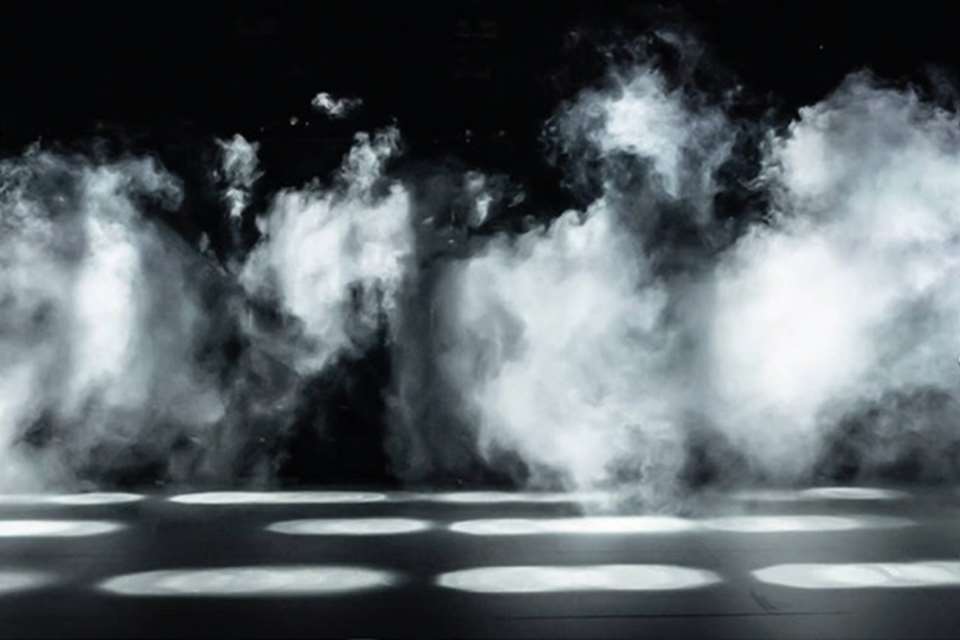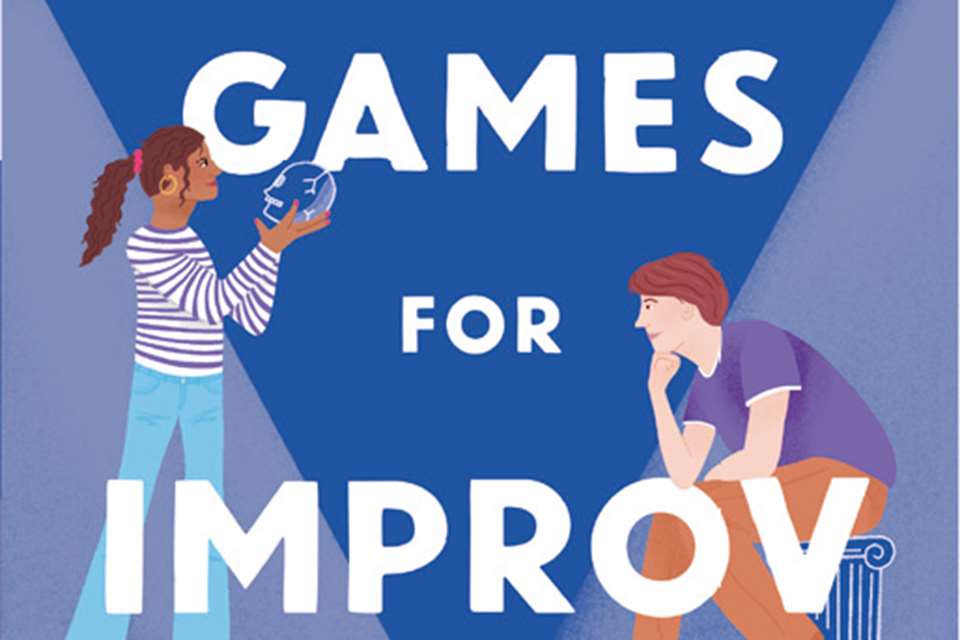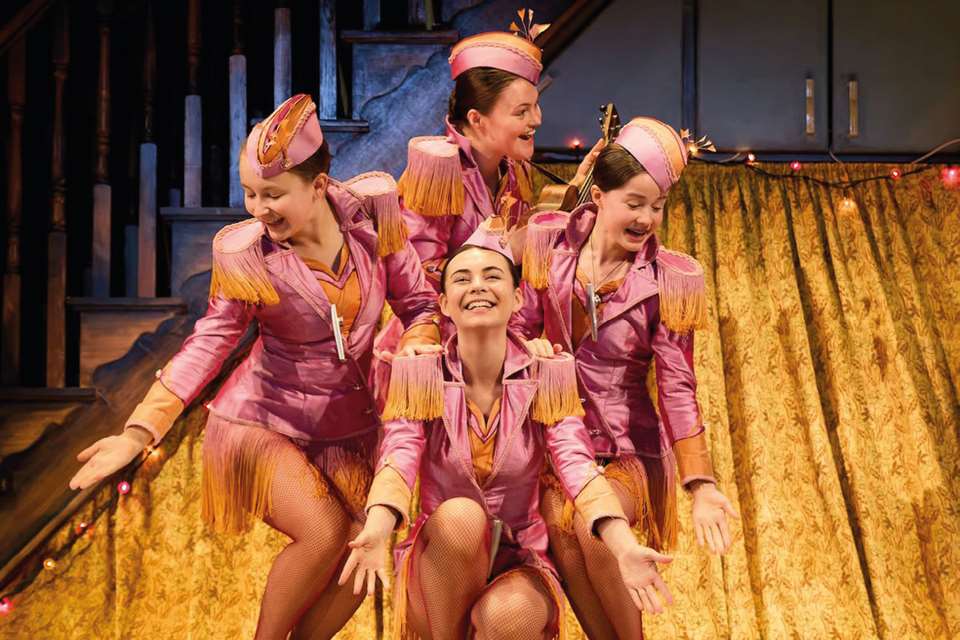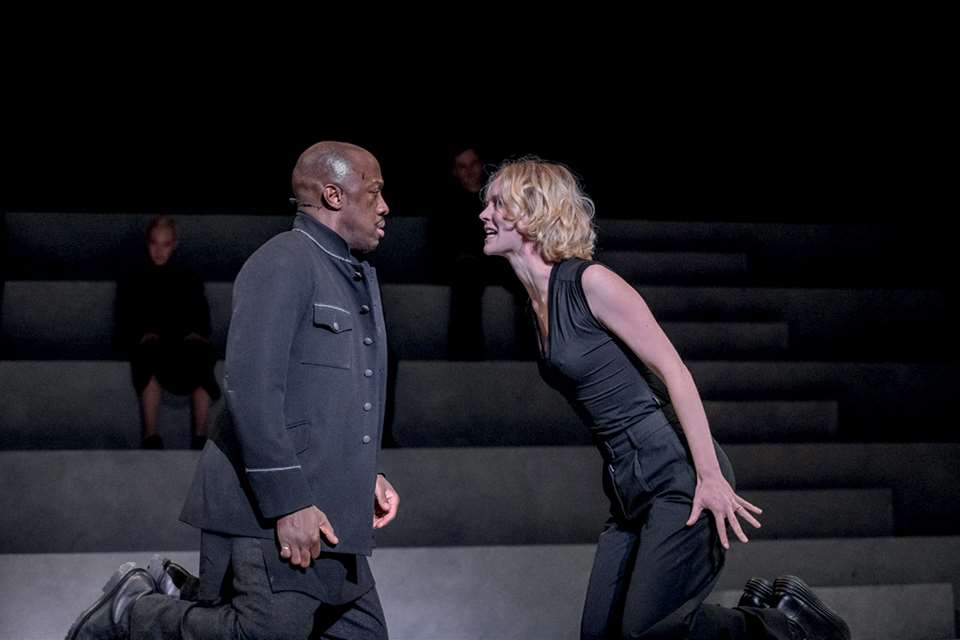The Creative Space: Drama & Theatre Editor's Award Winner 2024
Hattie Fisk
Friday, March 1, 2024
Following the 2024 Music & Drama Education Awards, Hattie Fisk speaks to Harry Dawes who led the award-winning project The Creative Space to find out more about its benefits
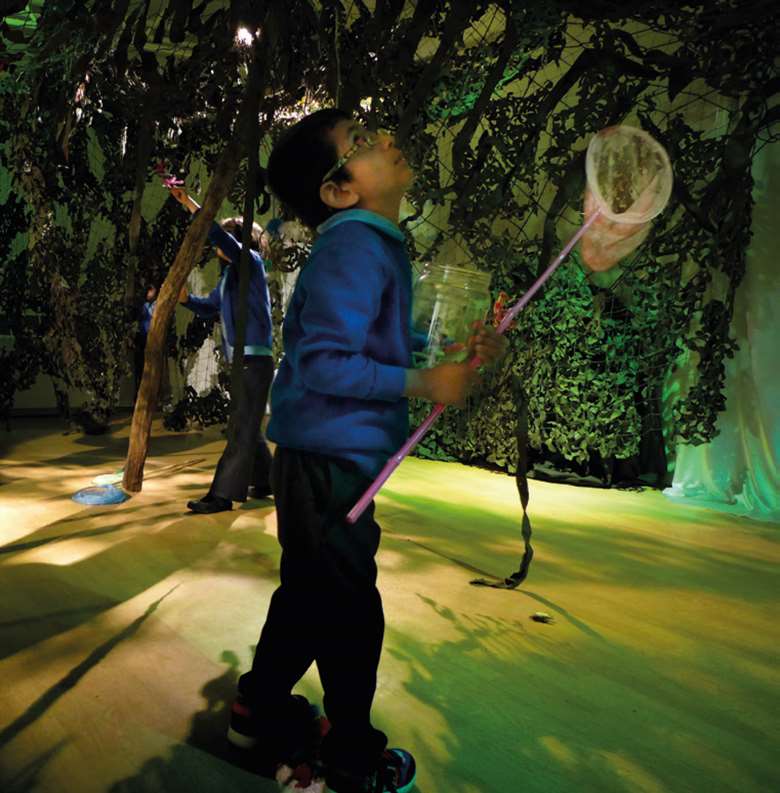
Harry Dawes/ Brays School
Register now to continue reading
Register to the Drama & Theatre website today and gain access to all the latest news and developments from the world of drama education. By registering you will receive:
- Free access to 4 subscriber-only articles per month
- Unlimited access to news and opinion on our website


